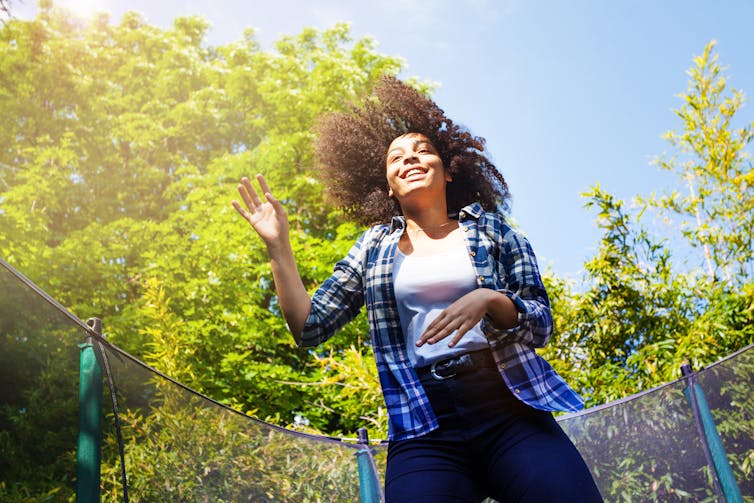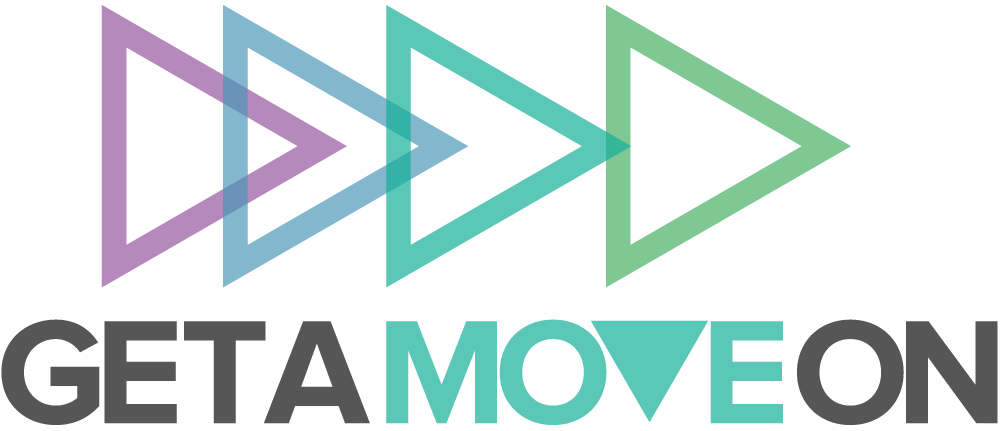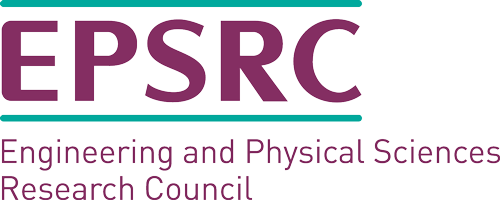Laser tag, trampolining and water parks — what teenagers told us would make them more active
Authors: Michaela James and Sinead Brophy, Swansea University
Laser tag, trampolining and water parks — what teenagers told us would make them more active

Michaela James, Swansea University and Sinead Brophy, Swansea University
School based schemes which aim to get teenagers more physically active have had mixed success to date. Often these initiatives only increase activity in the short term, and ask teenagers to take part in a limited choice of sports or activities, such as football or dance during and immediately after the school-day. This approach is very much top-down, with policymakers deciding what young people like and what will fix the problem of teenage inactivity. But as our own research project shows, involving teenagers in plans to boost their physical activity can vastly improve the success of these types of initiatives.
For the ACTIVE Project we worked to improve the activity of 900 teenagers in South Wales. We started by asking them what would make them more active. They told us that accessibility and lack of opportunities to try new activities – ones that were social and informal rather than traditional forms of sport – were barriers to them being active.
We then set up a voucher scheme to enable these teenagers to pay for local activities. The idea was to empower them to be able to access the activities they wanted to do. We also set up peer mentoring to give them social support to be active, and made a support worker available to help the teenagers find out what was available already.
Laser tag and trampolines
Having now analysed the outcome of our work, one of our key findings is that, given the choice, many teenagers prefer something fun, unstructured and social over traditional sports. When allowed to decide what they want to do all of our participants were in favour of unstructured and informal activities. Trampolining accounted for almost half of the voucher usage (49%), followed by laser tag (11%) and waterpark visits (7%) with boys and girls opting to do similar activities.
Read more: Even light physical activity has health benefits – new research
Speaking to the young people, they felt they weren’t asked what they would like to do very often. Girls wanted the option of relaxed activities that allowed them to go out with their friends after, rather than just the typical competitive sports that are more often offered. One girl said that being able to use the vouchers in a social capacity made her more confident to be active. For boys, confidence was not a factor but they did choose activities that gave them the freedom to be sociable outside of school too. The fact that the vouchers allowed boys and girls to participate in the same activities was seen as a significant strength too.
This suggests that to get teenagers active more of these types of social activities should be made available. By promoting mostly formal sport inside and outside of school, we could be further pushing teenagers away from physical activity.
</figure>Support and mentors
Interestingly, despite evidence of peer mentoring working to help teens in other areas (such as stopping smoking), we found that it did not work to improve physical activity. Teen mentors were selected by other teenagers using a questionnaire (ten per school). But those who were chosen tended to be the most popular rather than the most active teenagers. This meant that they were unapproachable for many of the teens, and did not encourage activity.
Evidently it is important that the correct person is selected for this kind of peer mentoring role. Given that the teenagers wanted to be active with their friends in a social and fun environment, it is possible that the peer mentor approach is too structured and doesn’t work to motivate them.
On the other hand, the support worker (an adult employed and based at Swansea University) was seen as helpful and an important link between pupils, schools and collaborative partners. Although finding a time when teenagers could talk to them was difficult. Often the support worker came in during morning assemblies, but the teenagers told us this was the wrong time, as they were not really awake first thing in the morning.
Read more: Six ways to get teenagers more active – suggested by the teens themselves
Community focus
While our study focused on promoting community activity, the teenagers also said were frustrated that there were not more opportunities to be active during school time, as well as their lack of choice over what they could participate in there. Meanwhile, when asked about community resources, the young people highlighted that there was very little within walking distance of their homes. They wanted more activities in their communities. However, the local council disagreed with this and felt more awareness should be made about what was already on offer.
It is clear that teenagers want to have their say, and schools and other organisations need to better collaborate with them to make sure their needs are met. It is not enough to simply set up sports teams or other traditional opportunities for activity. Working with young people, instead of acting for them, could be the change needed to get them more active in school and the community. Our study suggests that a top-down approach does not work, and all the evidence shows prescriptive, formal sport is not the answer. To stop the decline in physical activity in the teenage years, the first priority should be talking to teenagers.
Michaela James, Research Assistant in Childhood Physical Activity, Swansea University and Sinead Brophy, Professor in Public Health Data Science, Swansea University
This article is republished from The Conversation under a Creative Commons license. Read the original article.







